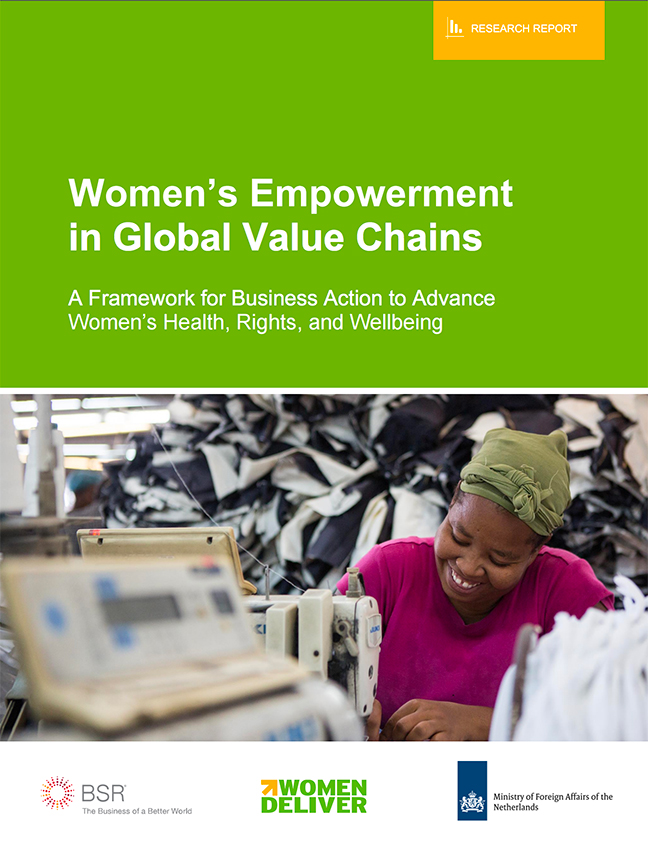 Produced by Women Deliver
January 16, 2017
Katja Iversen, President/CEO
Produced by Women Deliver
January 16, 2017
Katja Iversen, President/CEO
The world already knows that it pays to invest in girls and women. Nowhere is that more clear than at this week’s World Economic Forum (WEF) in Davos, a convening of some of the world’s most powerful leaders and innovative thinkers.
While it’s clear that WEF is making strides to improve women's representation – after all, three of the five co-chairs this year are women – more still needs to be done to give girls and women a seat at every table where decisions are made. Despite gender being clearly on the WEF agenda, it is surprising to see that women – who are half the world’s population – are still only 21% of attendees (up from 17% last year). We already know from the 2016 WEF Gender Gap Report that at the rate we’re going, it will take another 170 years to achieve gender parity. We can’t afford to wait that long.
Women are already an essential part of global value chains, yet they continue to face barriers to achieve their full potential, both at work and in other areas of their lives. This doesn’t just hinder women; it hinders economies and societies from growing and thriving. For example, as the Framework on Women’s Empowerment in Global Value Chains notes, investments in improving women’s health knowledge and access to goods and services can provide a 4:1 return on investment – made possible through cost savings from reduced absenteeism and staff turnover.
We’re not talking about chump change, either. If women participated in the economy at the same level as men, it could add up to $28 trillion in annual GDP by 2025. This impact is roughly the size of the US and Chinese economies combined – a tidal wave of economic growth.



